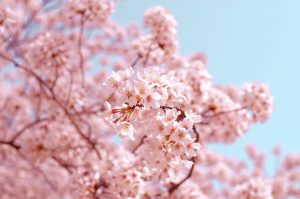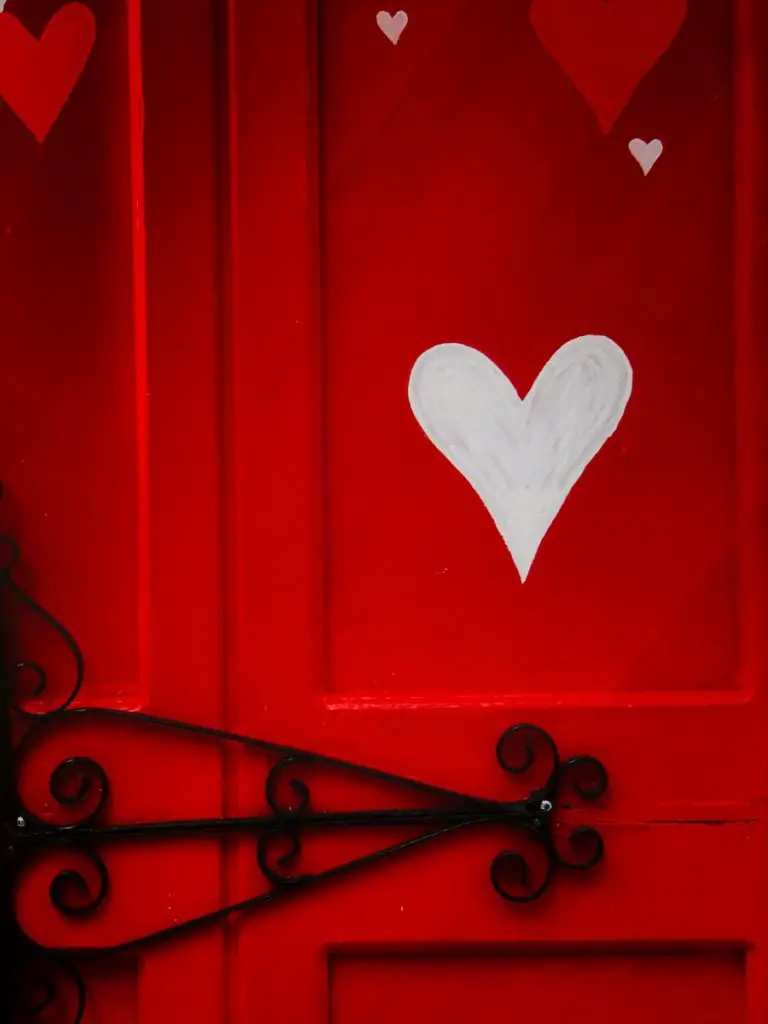In this article, we will explore 11 Japanese love symbols and their significance, from the well-known heart shape to the lesser-known crane bird. Japan has a rich cultural heritage that has given birth to many symbols and motifs, many of which are associated with love and romance.
These symbols can be found in art, literature, and everyday life, and are deeply ingrained in the Japanese way of life. From the delicate cherry blossom, beckoning cat to the powerful dragon, each symbol has a unique meaning that is tied to the Japanese concept of love. Whether you’re looking for lucky charm, inspiration for a romantic gesture or simply interested in learning more about Japanese culture, these Japanese lucky charms are sure to fascinate and inspire.
10 Japanese Love Symbols
- Cherry Blossom – This is very popular among the Japanese people. The cherry blossom (sakura) is a symbol of love and affection. The fleeting beauty of the blossoms represents the ephemeral nature of life and love.
- Heart – The heart shape is a universal symbol of love, and it is widely used in Japan as well. It is often used in the context of expressing love and affection to one’s partner or family.
- Crane – The Japanese symbol crane is a bird that symbolizes longevity, good fortune, and fidelity. In Japanese culture, it is believed that if two cranes mate for life, they will be together until death.
- Koi Fish – Koi fish are a symbol of love and friendship in Japanese culture. They are often depicted swimming in pairs, representing the bond between two individuals.

- Fan – The fan symbolizes love and loyalty. It is often given as a gift between lovers, as a symbol of their commitment to each other.
- Red String of Fate – According to Japanese legend, two people who are destined to be together are connected by an invisible red string. This string may twist and turn, but it will never break.
- Turtle – The turtle is a symbol of longevity, wisdom, and good fortune. In Japanese mythology, it is believed that the turtle carries the world on its back, making it a symbol of stability and steadfastness in love.
- Mount Fuji – Mount Fuji is the highest mountain in Japan and a symbol of national pride. It is also associated with love and romance, and it is a popular spot for couples to visit and admire the beautiful scenery.
- Daruma Doll – The Daruma doll is a traditional Japanese doll that is associated with perseverance, good luck, and love. It is often given as a gift to wish someone luck in their romantic endeavors.
- Pine Tree – The pine tree is a symbol of longevity, resilience, and steadfastness in personal romantic love. It is often depicted in Japanese art and literature as a symbol of enduring love that can weather any storm.
- Seven Lucky Gods – The Seven Lucky Gods, also known as Shichifukujin in Japanese, are a group of deities from Japanese folklore who travel together on a treasure boat to visit Japanese cities. They are believed to bring good luck, prosperity, and happiness to those who worship them and sends bad luck away. The Seven Lucky Gods are often depicted together in artwork, and each one has their own unique attributes and associations.
How to Write Love in Japanese Kanji?
Love in Japanese language kanji is written as “愛” which is pronounced as “ai”. The kanji character 愛 consists of two parts: the left part represents the heart, and the right part represents acceptance, meaning to receive or to take in. When combined, it represents the feeling of love or affection, and the willingness to receive and accept that love. To write “ai” in kanji, you would need to know the proper stroke order and direction, which is important in Japanese calligraphy. Here is a step-by-step guide on how to write “ai” in kanji:
- Start with the left part of the character, which is a vertical line followed by a curved line to the right.
- Move on to the right part of the character, which consists of four horizontal lines.
- Begin with the top line, which is the longest, followed by the second line.
- Then, draw the third line, which is slightly shorter than the second line.
- Finally, complete the character by drawing the fourth line, which is the shortest of the four.
Remember to practice each stroke carefully and in the correct order, as it is important to maintain the balance and harmony of the character. Understanding the importance of balance and harmony in every aspect of life can be further explored through the principles of mind, body, and soul balance, which you can read about here.
With practice, you will be able to write “ai” in kanji with ease and confidence. This dedication to practice and improvement is similar to the acts of kindness that can transform the world, detailed here. Additionally, exploring how different generations in multigenerational households maintain balance and harmony can provide valuable insights, available here.
The journey of mastering kanji can also be a joyous and fulfilling experience, much like the happiness celebrated on the International Day of Happiness, which you can learn more about here. Incorporating elements of good luck and positivity, as symbolized by good luck plants, can further enhance your learning environment, explored here.

